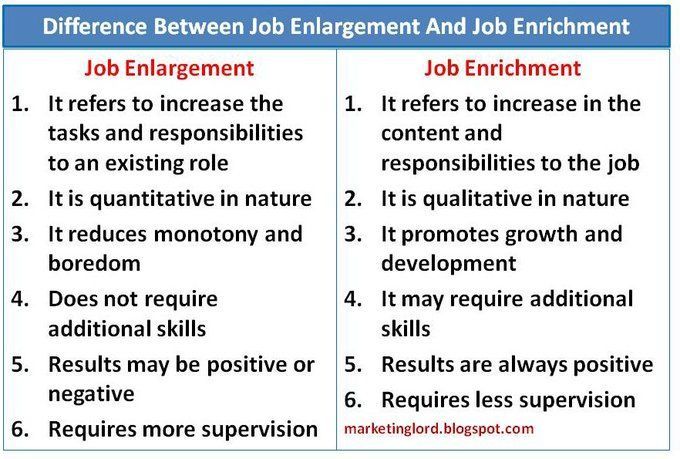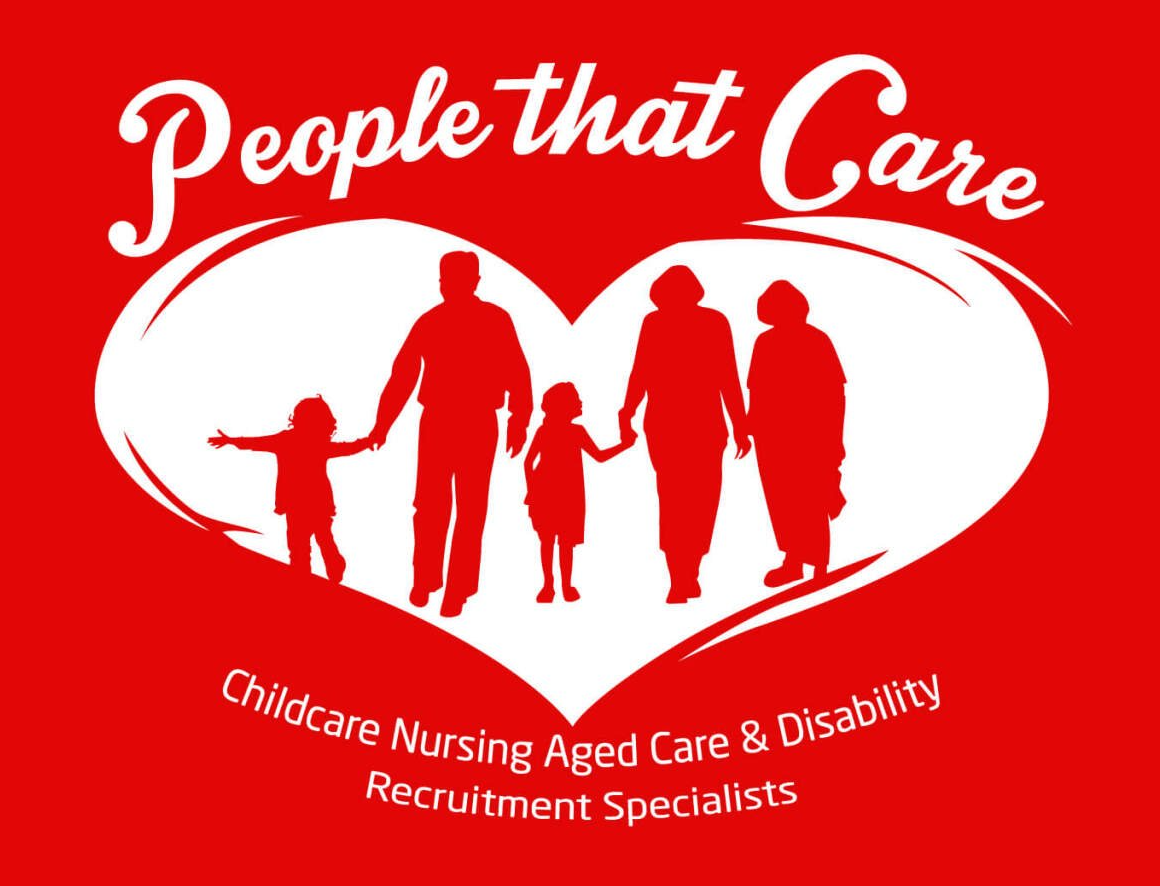Recruiting, retaining and empowering the aged care workforce
Four practical steps providers can take now to support our aged care workers
Aged care workers are the beating heart of their sector and the Royal Commission into Aged Care Quality and Safety (aged care royal commission) says they play a critical part in the aged care experience for older Australians and their families. In its final report, the aged care royal commission acknowledged the complex task of recruiting, retaining and empowering a workforce that’s capable of delivering the quality of care that Australians expect. So how do we achieve this?
Many of the challenges facing workers are systemic, and workforce design must be reconfigured across the entire aged care sector. While systemic changes are a longer-term prospect, many of which are dependent on additional funding for the sector, there are practical steps individual providers can take to support workers in the shorter term. From creating a compelling value proposition, to facilitating ongoing professional development, providers can seize the initiative to attract and retain workers to support the provision of exceptional care for some of the most vulnerable in the community.
And the benefits to providers of a refreshed aged care workforce strategy are significant. Beyond this, workforce performance has the largest impact on delivery of care, the experience of consumers and their families and on compliance with the Aged Care Quality Standards. A positive and supportive worker experience underpins high-quality, person-centred care and, ultimately, the aged care royal commission’s “virtuous circle”. The aged care workforce also represents the single biggest operational cost to be managed sustainably.
Challenges to attracting and retaining aged care workers
The royal commission’s final report highlights the vital role of our aged care workforce. Yet it’s a workforce that faces many challenges.
For a start, aged care roles are demanding. Work is often physically and emotionally taxing, and poor workplace design and working conditions can hamper workers’ abilities to carry out their roles. Job insecurity is a problem, and part time, casual and shift work is the norm. There’s only a narrow pipeline of new recruits entering the sector and understaffing is a chronic issue, compounded by constrained skilled migration and heightened competition for talent with adjacent sectors. Add to this the impacts of COVID-19 on the sector, and it’s clear the royal commission’s call for reform is now more urgent than ever.
At the same time, our aged care workforce is woefully undervalued by society. The fallout from the royal commission has fuelled negative publicity about the sector, meanwhile Australia is often slow to celebrate the work of our aged care workers. This is damaging, and can actively discourage people from entering the aged care workforce. We need to lift public perceptions of aged care work, and recognise the extraordinary contribution of these individuals in caring for older Australians.
Toby Hall, CEO, St Vincent’s Health Australia told PwC in 2020: “We have spent the past six months acknowledging and celebrating the sacrifice and dedication of frontline healthcare workers in the face of the [COVID-19] pandemic, and rightfully so. But I will never understand how, despite showing exactly the same traits and often working under equally trying circumstances, we [Australians] continue to largely overlook the contribution of the thousands of people who work in aged care.”
Listen: PwC’s podcast series exploring the future of work
Sector-wide skills shortages
The gap between supply and demand for aged care workers has widened, even since the royal commission’s interim report in 2019. What’s more, the shortfall in workers is expected to worsen. The royal commission reported an estimated need for more than 130,000 additional, full-time equivalent workers by 2050 - a 70% increase on current levels. In-principle government acceptance of a national registration scheme (recommendation 79) and a minimum Certificate III qualification (recommendation 78), both of which will be initiated through a code of conduct mechanism and national register administered by the Aged Care Quality and Safety Commission, may further exacerbate this gap in the short term.
Currently, supply relies heavily on an international and migrant workforce – a supply that has been curbed due to COVID-19 travel restrictions. Also, because of worker concerns over job and income security, it’s common for individuals to be employed by multiple providers. We saw the problems associated with this model during the COVID-19 outbreak in Victoria last year, when workers were travelling between care homes for shifts, potentially spreading the virus.
Consideration must be given to how the sector can best invest in its workforce to ensure adequate capacity in the system. This must be done not just to balance workloads, but also to guarantee safety of care.
Collectively, we need to consider where Australia’s future aged care workforce will come from, as well as how we can encourage people to consider aged care as a career path and then stay in the sector long-term. The introduction of an Aged Care Advisory Council represents a positive step towards addressing this challenge and understanding the perspectives of those working in the sector. However, significant effort will be required to overcome known and new barriers to entering the aged care workforce.
We know, for example, that Australia’s labour market has experienced high levels of unemployment as a result of COVID-19. What opportunities exist to attract a new cohort of people to reskill for work in aged care? The newly announced 34,000 subsidised aged care training places may assist with filling the skills gap, but will not be sufficient to meet anticipated demand. How can we attract the right level of skill without making registration requirements and higher qualifications a significant barrier to entry? Are we adequately considering the skills mix and roles that will deliver quality and safe care to older Australians? These are key questions for the sector to answer in the immediate future.
Practical action providers can take
Of course, any structural changes to the sector must be matched by the actions of providers. The need for a comprehensive aged care workforce strategy and planning agenda is as relevant for individual providers as it is for the system as a whole. At PwC Australia, we have identified four steps that individual providers can take to attract, support and retain aged care workers as the cornerstone for high quality and person-centred care.
1) Attracting and motivating talent
While the federal government has noted recommendations in the aged care royal commission’s final report for better industrial standards, including reviewing award rates and remuneration, it has left this with the current Health Workers Union Fair Work Commission application to increase award rates. No doubt a wages and conditions uplift will encourage more workers to choose a career in aged care. It will then be up to providers to attract and motivate a high performing workforce for their organisation.
Providers should clearly articulate their complete employee value proposition to secure new talent. Notably, people attracted to working in aged care are often motivated by altruistic reasons. So, providers should consider this when recruiting potential employees through a clear and genuine commitment to the values and philosophies supporting high quality care. Diversity of talent will also be key to developing an organisation that is culturally competent to meet the holistic needs of an increasingly diverse community.
It's also important that hiring managers address negative preconceptions and communicate the important and positive aspects of being part of the aged care workforce. This includes addressing concerns about the challenging and emotionally demanding work environment, the risks around safety, and the perceived value of roles. It’s important to also outline the organisation’s formal and informal health and wellbeing initiatives and identify opportunities to introduce new and innovative programs to support and engage the workforce.
2) Developing the right skills
Empowering workers to upskill via clear career pathways is critical to maintaining and strengthening the workforce. It is widely known that the current aged care workforce consists mostly of workers that are considered lower skilled (those with a Certificate III or below). But consumer expectations and needs have increased, and clear links have been established between professional development, provider compliance with the Aged Care Quality Standards and the delivery of high quality care.
Investing in education provides workers with the space to continuously grow and learn, strengthens the delivery of safe, high-quality care and supports regulatory compliance. Ongoing professional development is a must. This empowers everyone in the workforce, including higher-skilled clinicians who need to be enabled to operate at the peak of their ability and share their skills and knowledge with others. Specialty education in areas such as dementia, palliative and wound care will upskill workers in fundamental and essential areas of need for consumers.
Providers can also encourage skills alignment and operational efficiency by redesigning or creating new roles. Empowering people to work to the top of their scope/qualification will in turn create new, entry-level roles that are more easily filled to address some of the projected workforce gap. Role redesign includes focusing on the digital skills of workers. Boosting digital literacy paves the way to introduce innovative ways of working and new models of care, such as at-home care and virtual care.
3) Supporting cultural competency
Individuals working in an aged care setting need to respect a range of cultural backgrounds and understand the diverse needs of residents, and providers must support this cultural competency. For many years the aged care workforce has been incredibly diverse and yet the focus has been on providing the same offering to all recipients. As the sector focuses on responding to individualised consumer needs, providers need to facilitate training and education for their workforce to ensure they can keep up.
Our ageing population includes many people from different ethnic and spiritual backgrounds. The aged care workforce needs to be able to recognise and respond to the needs of individuals, so as to deliver holistic care at all stages of their aged care journey.
Cultural preferences can govern everything from meals to care delivery, and the aged care workforce needs to be cognisant of this at all times to ensure consistently respectful interactions and maintain the dignity of care recipients.
We also know that it is common for people living with dementia to revert to their first spoken tongue (even if they were previously fluent in English). For these people in particular, aged care can be a daunting experience and confusion and frustration can turn into challenging behaviours if not managed carefully.
As a part of this there is a strong need to improve the awareness and understanding of Aboriginal and Torres Strait Islander culture within the aged care setting. In its submission to the royal commission, the National Aboriginal Community Controlled Health Organisation recommended cultural safety become a mandatory part of staff and care home accreditation, urging all team members to receive regular cultural safety training to improve the representation of Aboriginal and Torres Strait Islander people in aged care. In 2016-2017, fewer than 1% of all aged care residents were Aboriginal or Torres Strait Islander, although they make up more than 3% of the Australian population, and for this to change the sector must prove its commitment and ability to deliver culturally safe care2.
4) Leading collaboration and safety
Providers must shift towards more collaborative ways of working in order to prioritise safety and quality of care. This includes turning up the dial on shared ways of working, transparency and trust, especially as more multi-disciplinary teams emerge in aged care. This will also lead to the identification of opportunities for more efficient allocation of resources which will be needed to balance staffing costs and allocation in anticipation of the introduction of legislated minimum staffing requirements.
A strong culture is key. Aged care settings must promote a culture that recognises and rewards good performance while also providing clear accountability for substandard performance.
Here, capable leadership is essential. Providers must dedicate time and investment to nurturing and building leaders at all levels of the organisation in order to create a culture of care, collaboration and safety.
Source: https://www.pwc.com.au/health/aged-care-royal-commission/workforce.html


